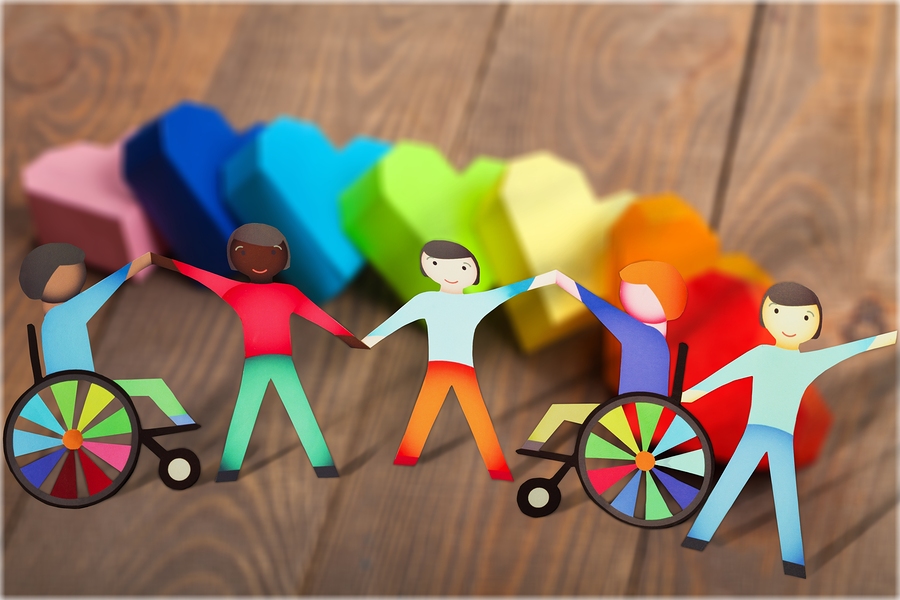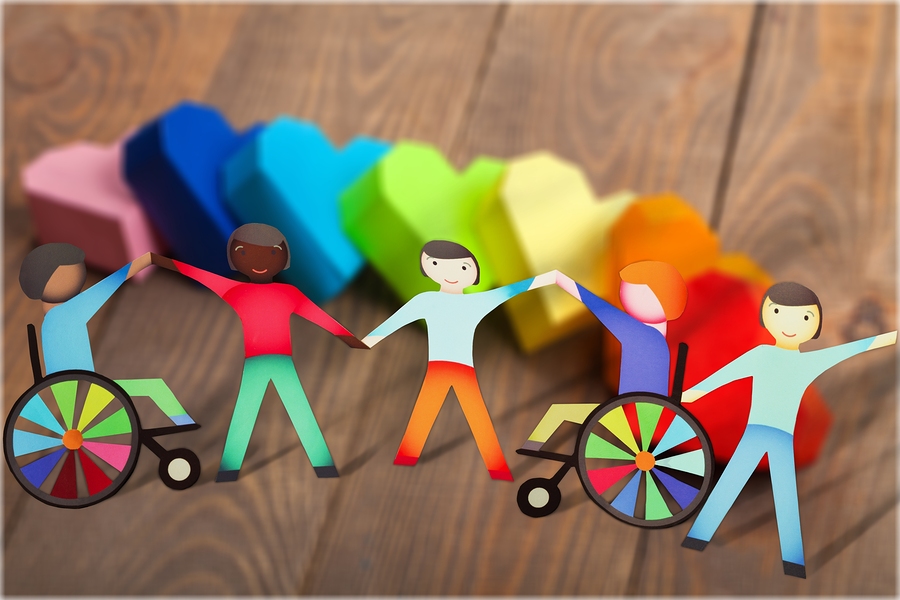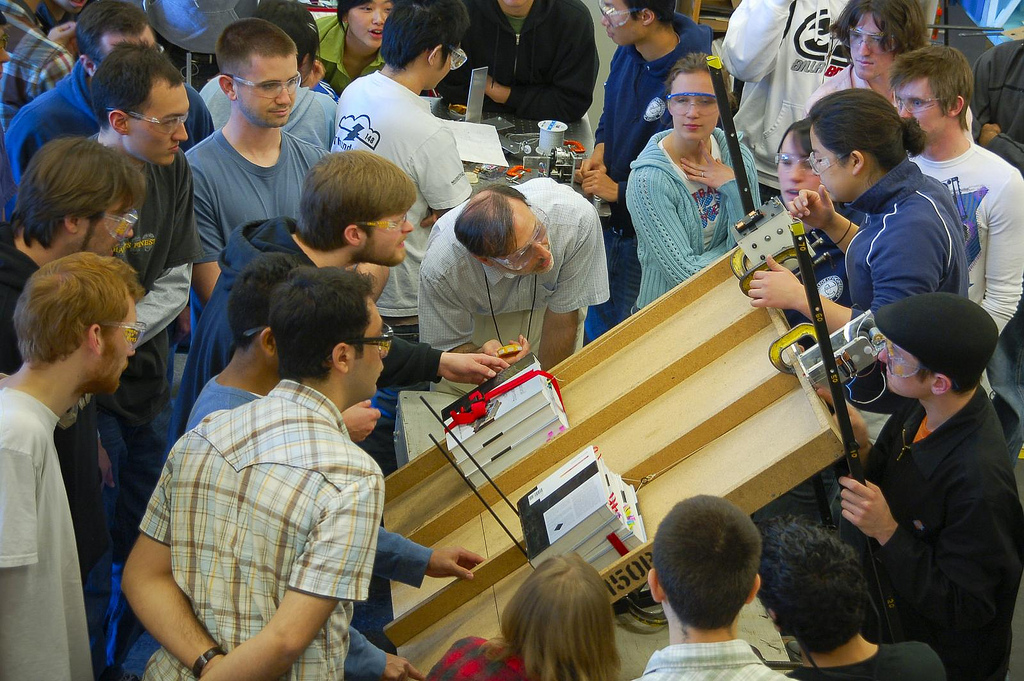Educating for tolerance since the first years of school education is of the utmost importance. The new generations must recognize their differences as aspects that contribute to others for the resolution of conflicts or situations that affect the common good.
Photo: Bigstock
The actions in the classroom of one of my students who is autistic are not always to the liking of his fellow pupils, to the extent that at times they exclude him from their games since they do not understand the way he behaves. However, this scenario changed completely on the day that their autistic classmate practically became an aqua-demigod when he had in his hands the possibility of earning invincibility for his team to win an educational game that we play in class. If he rolled the dice and brought the score to more than 50 points, his team would be invincible and win the game. His companions began to encourage him; he was their only hope and they looked at him with expectation and anticipation. When the dice finally flew out his hands, landed on the table and the score rose to 60 points, his teammates’ excitement erupted into cries of joy. Everyone applauded, shouted his name, patted him on the back, cheered and smiled at him. I was witnessing a game-changing moment in which the gap between them had disappeared: together they had overcome adversity, without anyone telling them the “right” way to act, and had created in each one’s memory a new recollection of their history together.
“The rejection of others’ differences makes many students feel isolated and misunderstood.”
In this globalized world where difference prevails, we need to look for ways to transform intolerance. The rejection of others’ differences makes many students feel isolated and misunderstood. Schools must stress social concepts in the classroom and teach tolerance from the very first years. The new generations need to learn to recognize their differences as facets that can help others in the resolution of situations that affect the common good.
The play ideas for education of Universidad EAFIT in Colombia and the first play to learn observatory, in Chile, show us that education is constantly transforming and we need to look for as many opportunities to play as possible, so that our students can put into practice not only academic content, but also empathy, conversation and teamwork. In addition, the article “Worlding through Play” proves that play enables co-creation, cooperation and collaboration among players. These skills are becoming increasingly necessary in today’s society.
The “Role Play” activity focuses on developing social and conversational skills. We use it in class to demonstrate the overall power of collaboration and, in this way, include different opportunities to practice tolerance in the lives of girls and boys. Examples such as “Project Sherlock” and “Little Monster Detectives” suggest that play builds relationships, exposes feelings and shapes many creative and academic ideas within the classroom.
My experience in Role Play in Spanish lessons with 2nd, 3rd and 4th graders has two main goals:
- To provide opportunities for social interaction within the classroom.
- To mobilize literature using the experience of stories related to the content seen in the Spanish class.
This activity is carried out across four sessions (one per week) basing the stories on a book or literary style. Simultaneously, students generate a character sheet that succinctly explains who each one is, their strengths and their weaknesses. Finally, the four problem situations that players have to solve in each session are defined.
“The Role Play is an educational tool in which students put into practice not only academic content but also empathy, communication and teamwork.”
During the game, the students break up into small groups and each one chooses a character from the list. From that moment on, they are no longer students, but the characters. Session after session the players must turn to what they have learned in the Spanish class and use their creativity to solve the problems they encounter. The dice define the effectiveness of their actions and the numbers on the dice increase or reduce their probabilities of success.
The foundation of the game is academic, but social skills are built in each session. Since students use their imagination and prior knowledge to play the game, the realization of their ideas is practically boundless, so they can try to destroy other characters, be selfish or leave their group behind. This is where they discover through play that their actions have consequences. The die provided for a selfish or harmful action has fewer probabilities than that of collaborative action. This information is not given to students, but during the sessions it becomes obvious and they turn it into a strategy to “win”.
Surveys have shown that, during the game, the Spanish teachers noticed the appropriation of the literary concepts seen in class and the practice of orality in students. The psychology department states that these spaces encourage the expression of feelings and ideas in front of the group. Other teachers also report that, during the game, the group dynamics are different, and they see students sharing experiences and planning what to do next time.
“Through the game, teachers have evidenced on the part of the students, the appropriation of literary concepts seen in class, the practice of orality, teamwork and the planning of their next actions.”
The Role Play tool is not exclusive to a single class; it can be used in mathematics, science, history, etc. The key requirement for successful Role Play in the classroom is adults who are willing to use their imagination, becoming immersed in this fantasy world by accepting the new ideas that the students bring to the game, even if they are not particularly nice. If we do not allow students to express their worst thoughts, how can we help them transform them? Role Play allows us to create a space for creative freedom, something we should foster, rather than inhibit.
If you would like to learn more about how Role Play works, either as observers or players, look for your local Role Play center. Failing that, I would like to invite you to explore the proposals described in this document and online videos. Please feel free to write me if you have any questions.
About the Author
Martha P. Peña (marthappaz79@hotmail.com) holds a B.A. in Basic Education, specializing in Technology and Informatics, from Universidad de San Buenaventura Cali, Colombia, and an M.A. in Educational Supervision from the University of Western California. She teaches Information and Communications Technology (ICT) at Colegio Bolívar, Cali, Colombia.
This article from Observatory of the Institute for the Future of Education may be shared under the terms of the license CC BY-NC-SA 4.0 
)
)





)
José Carlos Vázquez Parra
José Carlos Vázquez Parra
José Carlos Vázquez Parra